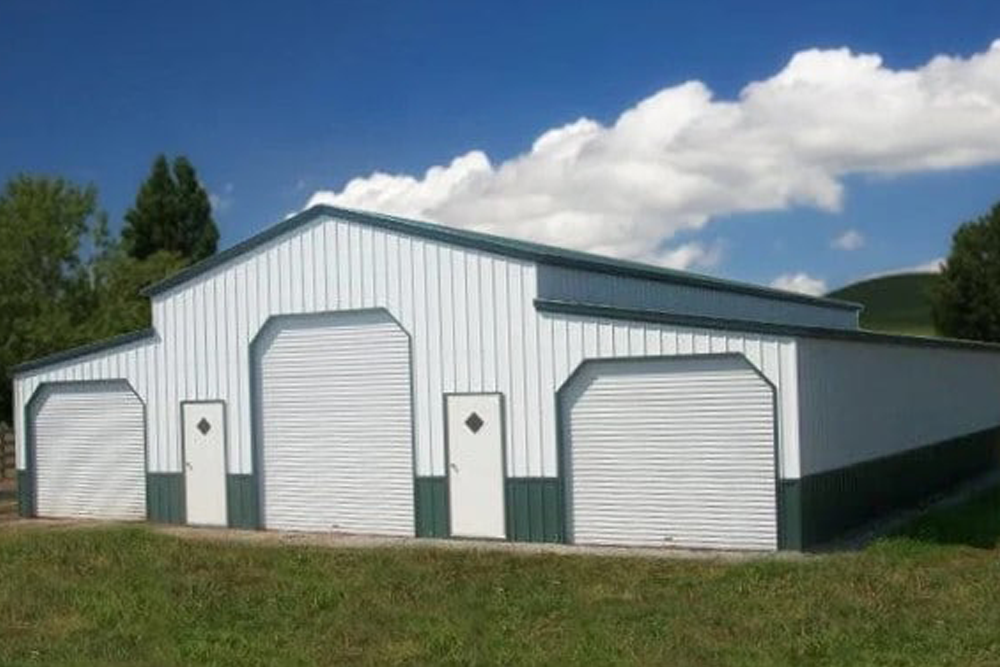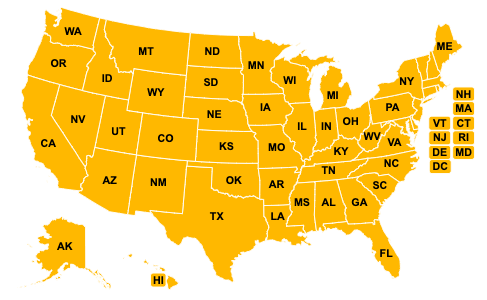
A 12×16 metal shed is a versatile investment that provides ample storage, workspace, or even a dedicated hobby area. Whether you need to house outdoor equipment, a riding mower, or use it as a backyard workshop, this shed size offers plenty of room for various needs. But before starting the project, understanding the cost of building a 12×16 shed is essential for planning your budget and avoiding unexpected expenses.
The total cost of a shed depends on several factors, including materials, labor, and foundation options. Choosing between DIY builds and prefabricated metal sheds also plays a role in pricing. While constructing the shed from scratch allows for customization, prebuilt options save time and reduce the complexity of the project. By carefully evaluating these aspects, you can determine the best approach to fit your needs.
Choosing Between DIY and Prefabricated Metal Sheds
One of the first decisions to make when pricing a shed is whether to build it yourself or purchase a prefabricated model. A 12×16 metal shed built from scratch gives you full control over design and materials, but it also requires more time, effort, and expertise. On the other hand, prebuilt sheds come ready to assemble, reducing construction time and potential errors.
For DIY builders, material costs include metal siding, framing, roofing, and fasteners. Additional expenses such as insulation, doors, and windows can add to the total price. Specialized tools may also be required, and if you don’t already own them, purchasing or renting equipment increases the budget. Labor costs should be factored in, even for those planning to handle construction personally. The time commitment for a DIY build is significant, and having extra help speeds up the process.
Prefabricated metal sheds are designed for fast assembly, often requiring only a few hours to set up with the right foundation. They come with pre-cut and pre-drilled components, making installation easier. While these sheds may have higher upfront costs, they eliminate the need for specialized tools and reduce the risk of mistakes. Additionally, manufacturers often offer warranties, providing long-term peace of mind.
Material Costs and Metal Shed Pricing
The 12×16 metal shed price varies based on the quality of materials used. Metal sheds are generally more affordable than wood or vinyl alternatives, as they require less maintenance and have a longer lifespan. Galvanized steel is a popular choice due to its resistance to rust, pests, and weather-related damage. The thickness of the metal panels affects durability and insulation needs, with thicker panels offering greater protection but at a higher cost.
Roofing materials also impact pricing. Some metal sheds come with corrugated steel roofing, while others offer additional coatings for increased durability. Insulated roofing panels help regulate temperature inside the shed, making it more comfortable for year-round use. While insulation adds to the overall price, it prevents condensation and keeps stored items in better condition.
Doors and windows are another consideration. A standard metal shed typically includes a roll-up or hinged door, but additional entry points or upgraded security features increase costs. Windows improve ventilation and natural light but may require reinforced framing to accommodate them.
Foundation and Site Preparation Costs
A solid foundation is crucial for the longevity and stability of a 12×16 metal shed. The type of foundation you choose significantly impacts the overall cost of building a 12×16 shed. While some opt for placing the shed directly on level ground, this method is not recommended as it leads to moisture buildup, structural shifting, and premature wear. Instead, gravel pads, concrete slabs, and pier foundations provide the stability needed to support the shed for years to come.
A gravel pad is one of the most cost-effective and efficient options. By providing proper drainage, it prevents water from pooling around the shed and causing corrosion. Gravel also helps distribute the weight evenly, reducing the chances of the shed settling unevenly over time. Installing a gravel foundation requires minimal site preparation, making it a practical choice for many homeowners.
Concrete slabs offer a more permanent and stable base. This type of foundation is ideal for sheds used as workshops or for storing heavy equipment. However, pouring a concrete foundation requires more labor and expertise, adding to the final cost. While it increases durability, it’s important to ensure proper leveling and drainage to avoid issues like standing water or structural warping.
For those placing their shed on sloped terrain, a pier foundation may be necessary. This option involves setting concrete piers at key support points, elevating the shed above ground level. While slightly more labor-intensive, this method prevents water damage and allows airflow underneath the shed, reducing the risk of rust or mold.
Labor and Assembly Considerations
Building a 12×16 metal shed requires time and effort, whether it’s a DIY project or assembled by professionals. The labor costs involved depend on the complexity of the build and whether any additional modifications, such as insulation or shelving, are included.
DIY assembly can save money, but it requires experience with power tools and construction techniques. While metal sheds are designed for easier assembly than wood structures, misalignment or improper anchoring can lead to long-term issues. Having at least two people working on the project ensures that panels are positioned correctly and secured properly.
Hiring a professional installation team speeds up the process and ensures everything is built to last. Professional installers are familiar with structural requirements, anchoring techniques, and local building codes. While this option adds to the 12×16 metal shed price, it eliminates the risk of errors and ensures the shed remains stable through various weather conditions.
Customization and Additional Features
Customizing a metal shed increases functionality but also affects pricing. Adding ventilation, shelving, or a loft creates additional storage space, making the shed more versatile. If using the shed as a workshop, installing electricity allows for proper lighting and power for tools. While these upgrades improve usability, they should be factored into the overall budget.
Security features such as reinforced doors, lockable windows, and motion sensor lighting enhance protection for valuable equipment stored inside. Weatherproofing options, including sealants and insulation, help maintain a consistent interior temperature, preventing condensation from damaging stored items.
At Bull Buildings, we make finding the right metal shed simple by doing the research and price comparison for you. Unlike companies that push a single brand, we work with a wide range of suppliers to ensure you get the best deal without sacrificing quality. Whether you need a fully enclosed metal structure for storage or a durable workspace with added features, we match you with the right manufacturer based on your needs and location.



